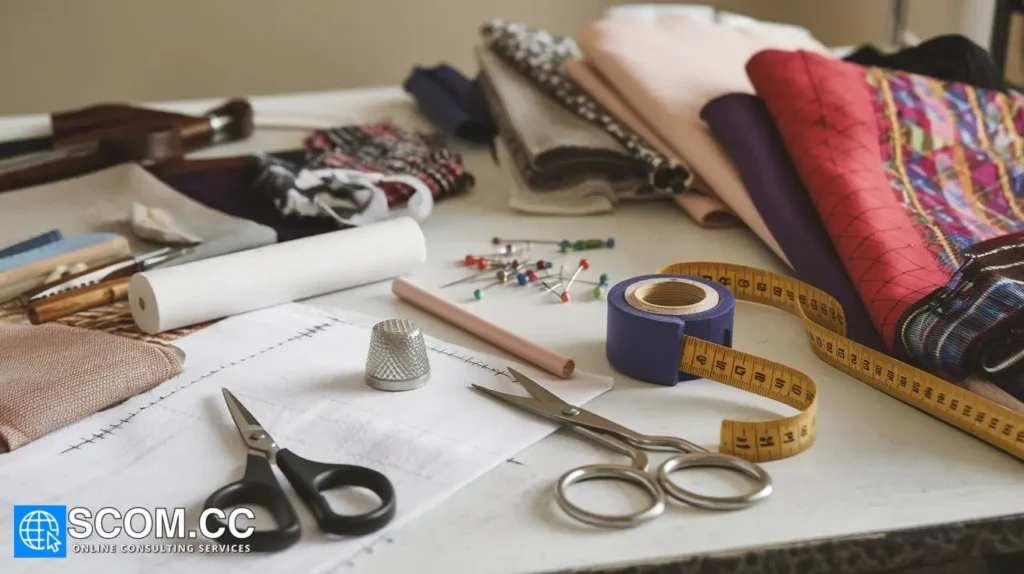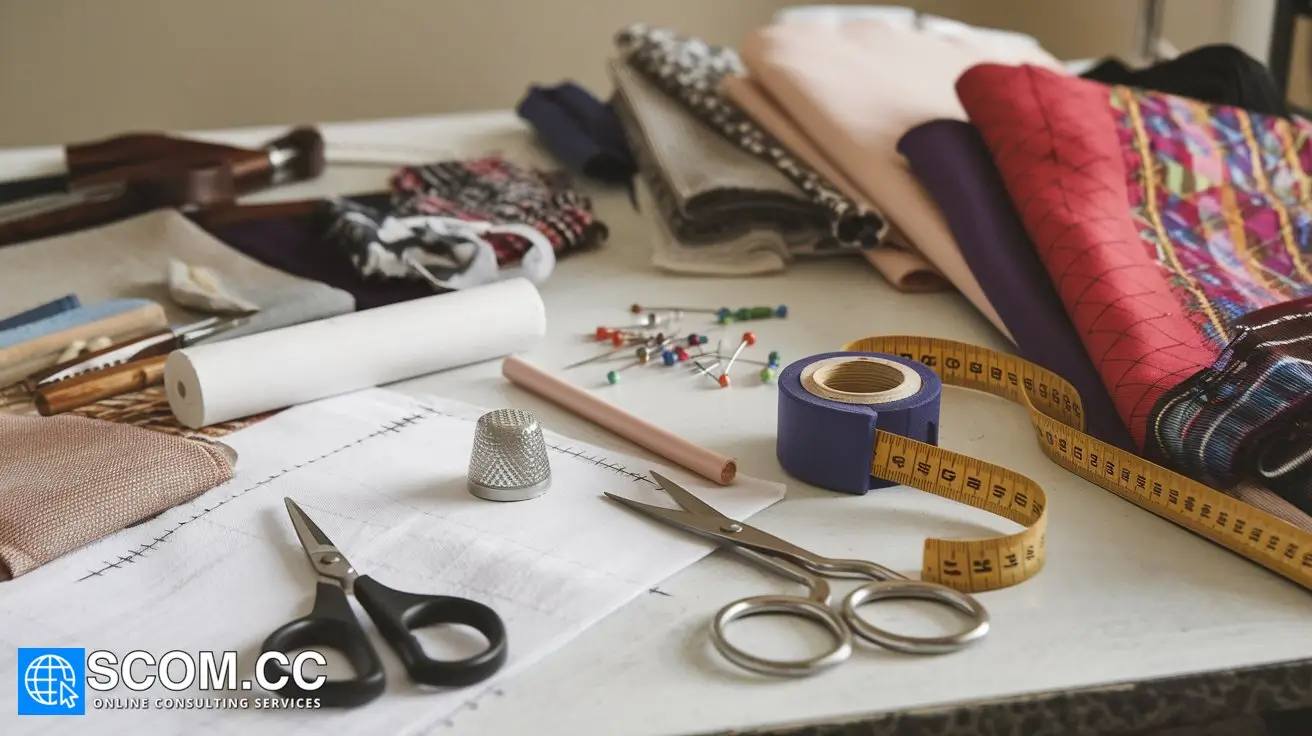Tools and Techniques for Hand-Stitching Tailoring Projects

Tools and Techniques for Hand-Stitching Tailoring Projects
Hand-stitching remains an essential skill in tailoring, offering precision and a personal touch that machines often cannot replicate. Whether you’re crafting a bespoke suit or making minor alterations, the right tools and techniques can elevate your craftsmanship. This article delves into the key tools required for hand-stitching and the techniques that will help you achieve professional results.
Essential Tools for Hand-Stitching
1. Needles
Needles are fundamental tools in hand-stitching, and selecting the right type is crucial for achieving optimal results.
- Hand-Sewing Needles: These are versatile needles used for various hand-stitching tasks. They come in different sizes and types, such as universal, sharps, and ballpoint needles.
- Universal Needles: Ideal for most fabrics, including woven and knit.
- Sharps Needles: Suitable for delicate fabrics and intricate stitching.
- Ballpoint Needles: Designed for knit fabrics, as they do not pierce the fibers.
2. Thread
The choice of thread impacts the strength and appearance of your stitches. Threads come in various materials and thicknesses.
- Cotton Thread: Commonly used for hand-stitching, offering a natural finish and good durability.
- Polyester Thread: Known for its strength and flexibility, suitable for both hand and machine stitching.
- Silk Thread: Provides a luxurious finish and is often used in high-end tailoring for its smoothness and sheen.
3. Tailor’s Chalk and Marking Tools
Tailor’s chalk and other marking tools help you make precise markings on fabric before stitching.
- Tailor’s Chalk: Available in various colors, it is used for marking fabric without leaving permanent marks.
- Fabric Markers: These come in erasable or water-soluble forms, ideal for marking patterns and seam lines.
4. Thimbles
Thimbles protect your fingers while pushing the needle through tough fabrics. They come in various materials, including metal, leather, and silicone.
- Metal Thimbles: Provide robust protection and durability.
- Leather Thimbles: Offer comfort and flexibility.
- Silicone Thimbles: Provide a soft and adjustable fit.
5. Needle Threader
Needle threaders are handy tools that make threading needles easier, especially for those with difficulty handling fine threads.
- Automatic Needle Threaders: Electrically powered devices that simplify the threading process.
- Manual Needle Threaders: Small tools that help guide the thread through the needle’s eye.
Techniques for Hand-Stitching
1. Running Stitch
The running stitch is a basic stitch used for seams and hems. It’s simple yet effective for joining fabric pieces together.
- How to Do It: Pass the needle through the fabric in a straight line, creating small, evenly spaced stitches.
- When to Use It: Ideal for temporary basting, gathering, and simple seams.
2. Backstitch
Backstitch is a strong, durable stitch used for seams that require extra strength.
- How to Do It: Start by inserting the needle from the back of the fabric. Stitch forward, then move back one stitch length and continue forward. This creates a strong, continuous line of stitches.
- When to Use It: Suitable for constructing seams, reinforcing areas, and closing hems.
3. Whip Stitch
Whip stitch is used for finishing edges and securing hems, especially when working with raw or uneven edges.
- How to Do It: Insert the needle from the front of the fabric and wrap the thread around the edge, stitching over the raw edge in a looping fashion.
- When to Use It: Ideal for securing hems and edges, and for quick repairs.
4. Slip Stitch (Blind Stitch)
Slip stitch or blind stitch is used for hand-finishing hems and seams invisibly.
- How to Do It: Fold the hem or seam allowance under. Insert the needle from the inside, catching only a few threads of the fabric on the outside with each stitch, keeping the stitches hidden.
- When to Use It: Perfect for hemming garments and closing linings.
5. Chain Stitch
Chain stitch is a decorative stitch used for embellishment and for creating strong, flexible seams.
- How to Do It: Form a loop with the thread on the fabric’s surface, then pull the needle through the loop to create a chain-like appearance.
- When to Use It: Suitable for decorative purposes and as a functional stitch in areas requiring elasticity.
Tips for Effective Hand-Stitching
1. Use Sharp Needles and Fresh Thread
Ensure that your needles are sharp and your thread is fresh to avoid snagging and ensure smooth stitching.
2. Keep Stitches Even
Maintain consistent stitch length and spacing for a professional appearance. Practice on scrap fabric to perfect your technique.
3. Secure Threads Properly
Tie knots securely and ensure that loose threads are trimmed to avoid unraveling and maintain a neat finish.
4. Take Your Time
Hand-stitching requires patience and precision. Take your time to ensure each stitch is placed correctly and the fabric is handled carefully.
5. Use Proper Lighting
Good lighting is essential for hand-stitching. Ensure you have adequate lighting to avoid straining your eyes and to accurately see your stitches.
Conclusion
Hand-stitching is a fundamental skill in tailoring that requires both the right tools and techniques to master. By utilizing essential tools such as needles, thread, and thimbles, and employing techniques like running stitch, backstitch, and slip stitch, you can achieve high-quality, professional results in your tailoring projects. With practice and attention to detail, hand-stitching can enhance your craftsmanship and add a unique touch to your garments.

To explore more about tailoring, visit our Blog of Tailoring. If you have any questions or need assistance, go to our contact page. Additionally, you can find more information about tailoring and consulting at this tailoring and consulting portal.

Leave a Reply